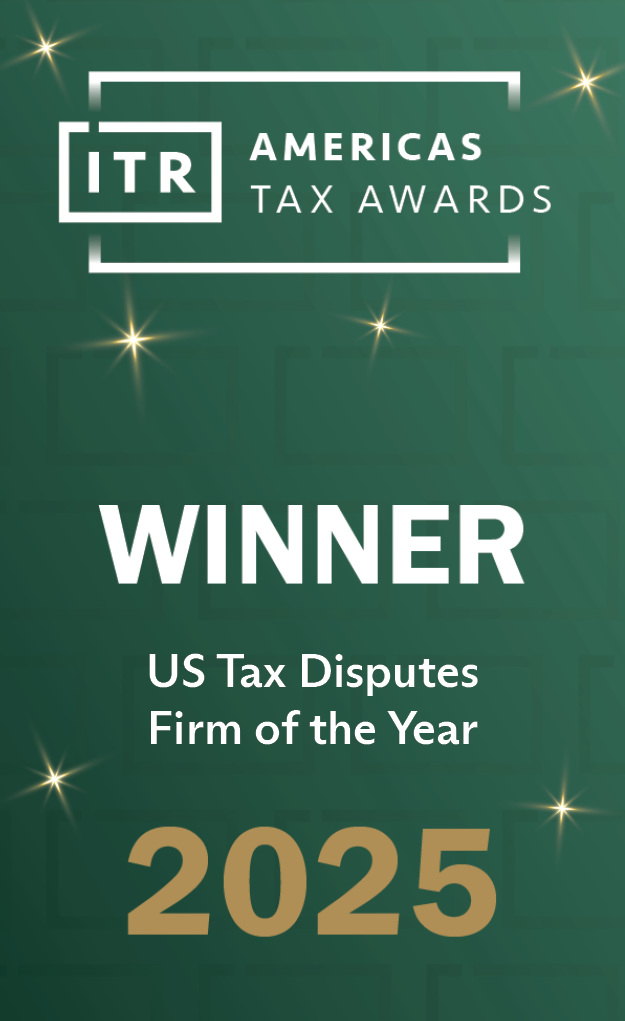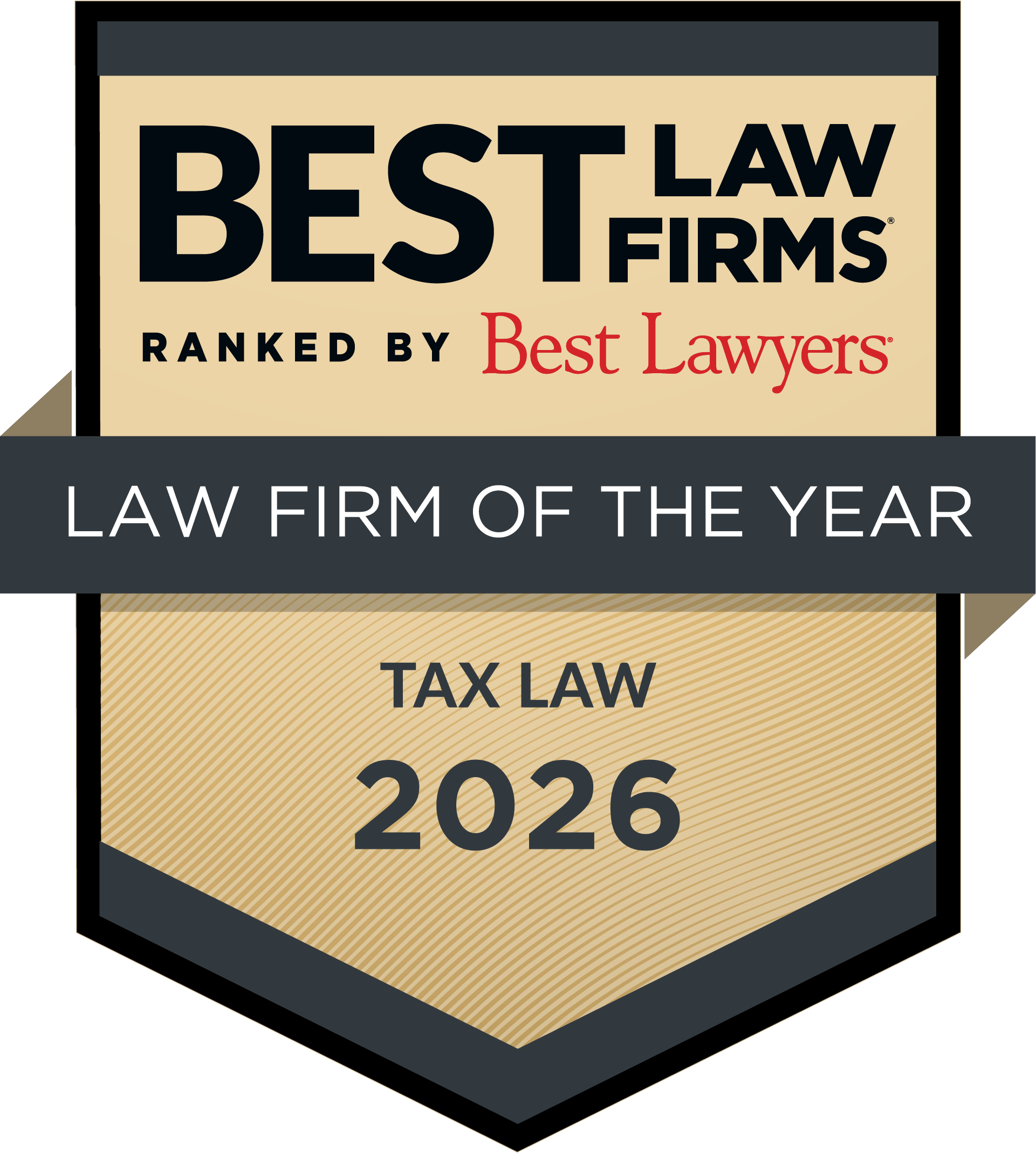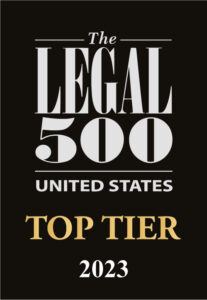The US Court of Federal Claims’ (CFC) recent decision in Kwong v. United States, No. 23-267 (Fed. Cl. Nov. 25, 2025), provides significant support for the potential refund opportunity we identified in a previous blog post titled, “Refund opportunity for interest and penalty amounts accrued during COVID-19 federally declared disaster.” The refund opportunity applies to taxpayers who made payments to the Internal Revenue Service (IRS) that included underpayment interest and/or failure-to-file/failure-to-pay penalties that accrued during all or part of the period from January 20, 2020, through July 10, 2023.
Although the CFC’s holding in Kwong addressed whether Internal Revenue Code (IRC) § 7508A provided the taxpayer an extension of the two-year statute of limitations deadline for filing a refund suit (in IRC § 6532(a)) that fell after the COVID-19 disaster was declared, Kwong answered important questions for those taxpayers pursuing refunds for underpayment interest and/or failure-to-file/failure-to-pay penalties that accrued during COVID-19. The CFC held that the 2019 version of IRC § 7508A applies to the COVID-19 federally declared disaster. This is a significant holding because Congress amended IRC § 7508A in 2021 to significantly limit the IRC § 7508A(d) mandatory extension period. The CFC also held that the IRC § 7508A(d) mandatory extension period, as applied to the COVID-19 disaster, commenced on January 20, 2020, and ended on July 10, 2023.
Kwong has potentially sweeping implications for taxpayers who faced federal tax filing and/or payment deadlines that fell between January 20, 2020, and July 10, 2023. Under the CFC’s Kwong analysis, the deadline for payment of any federal tax falling between these two dates was extended to July 11, 2023. Since the IRS computes underpayment interest and/or failure-to-file/pay penalties from the payment due date, penalties should not accrue from January 20, 2020, through July 10, 2023, and any taxpayers who already paid these amounts may be entitled to a refund. The CFC’s analysis also does not rule out the possibility that taxpayers with payment due dates preceding January 20, 2020, may be entitled to relief to the extent the underpayment interest and/or failure-to-file/failure-to-pay penalties accrued during the COVID-19 disaster period.
As noted in our previous post, taxpayers considering this refund opportunity should be aware that the statute of limitations to file a refund claim expires three years from the filing deadline of the original tax return or two years from the date on which payment was made, whichever is later (unless the statute of limitations period was otherwise extended). This refund opportunity may apply to underpayment interest and/or penalties paid with respect to federal income, estate, gift, employment, or excise taxes.







